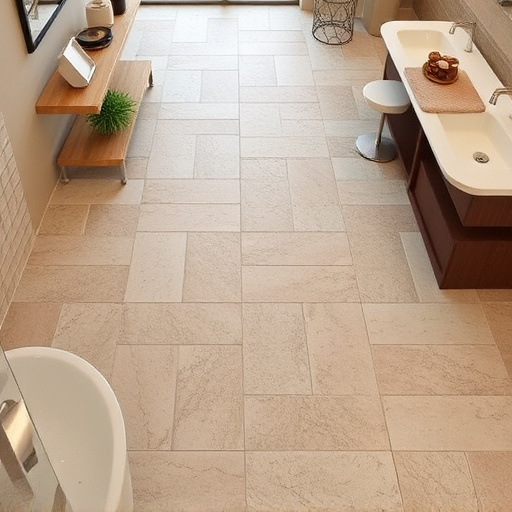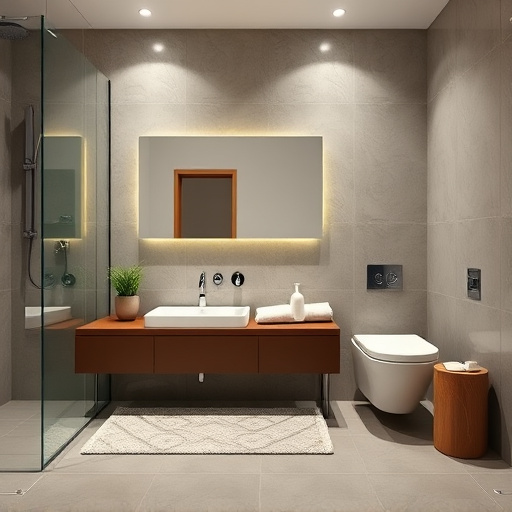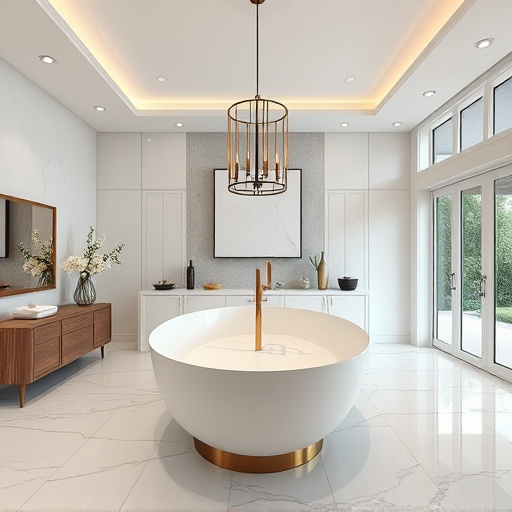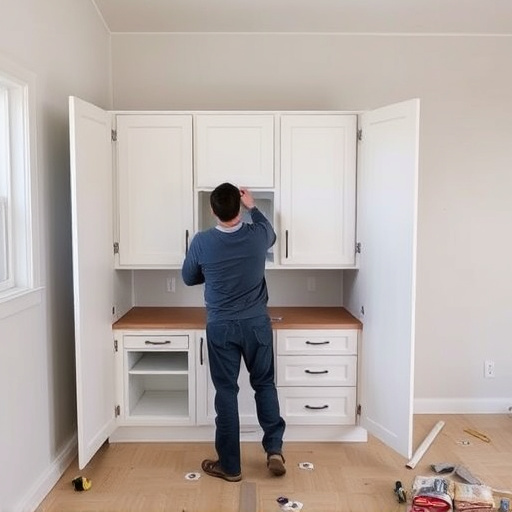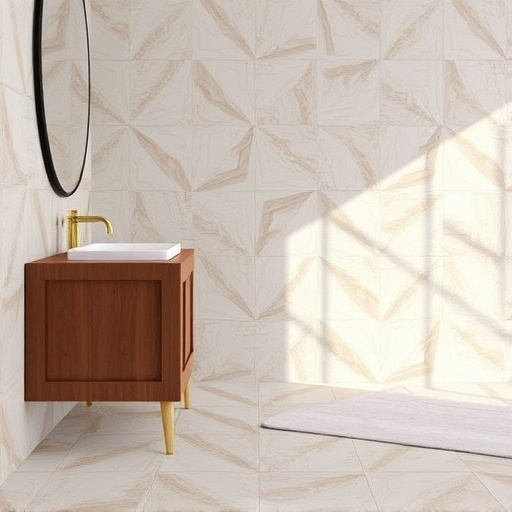Zoning transforms office interiors by dividing spaces into dedicated zones for activities like collaboration, meetings, concentration, and support services, optimizing productivity and employee well-being through strategic layout design. This approach enhances functionality, improves satisfaction, fosters a dynamic work environment, and contributes to organizational success. Implementing zoning offers significant advantages, catering to diverse needs with tailored spaces that boost productivity, satisfaction, spatial orientation, and social interaction, fostering a thriving office culture and boosting retention. Effective zoning strategies, supported by home improvement services, are crucial for modern office designs that remain competitive in today's professional landscape.
Zoning is transforming office interiors, enhancing productivity and well-being. In today’s dynamic work environments, understanding how to leverage space effectively is crucial. This article delves into the profound impact of zoning, exploring its key benefits for employee satisfaction and operational efficiency. We’ll uncover strategic designs that optimize office interiors, providing a roadmap for creating focused, collaborative, and inspiring workspaces that drive success in the modern era.
- Understanding Zoning and its Impact on Office Spaces
- Key Benefits of Implementing Zoning in Office Interiors
- Strategies for Effective Zoning in Modern Office Designs
Understanding Zoning and its Impact on Office Spaces
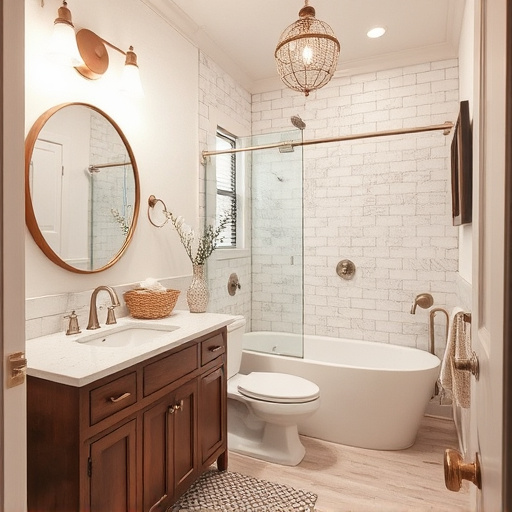
Zoning is a strategic planning tool that divides a space into specific areas, each with dedicated functions. In the context of office interiors, this means creating distinct zones for different activities and user groups. For instance, open collaboration areas, private meeting rooms, quiet concentration spaces, and support services zones can all be thoughtfully arranged to optimize productivity and employee well-being.
Understanding zoning allows designers and architects to craft office layouts that cater to the diverse needs of modern workplaces. By carefully considering circulation patterns, visual connections, and acoustic considerations within each zone, the overall functionality and efficiency of the entire office interior is enhanced. This approach not only improves employee satisfaction but also contributes to a more dynamic and productive work environment, ultimately reflecting in the success of any organization.
Key Benefits of Implementing Zoning in Office Interiors
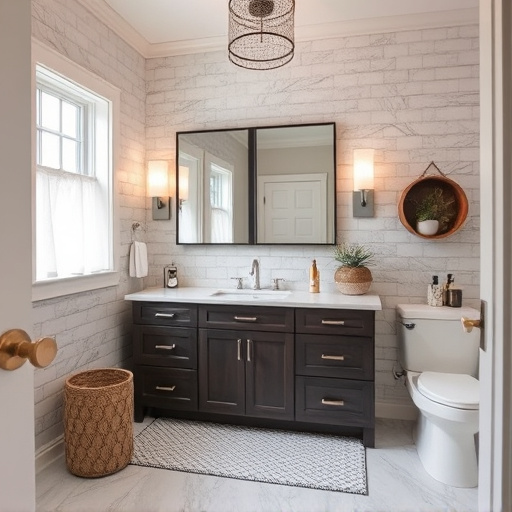
Implementing zoning in office interiors offers numerous key benefits that significantly enhance functionality and employee satisfaction. By dividing spaces into distinct zones dedicated to specific tasks or activities, businesses can create a more organized and efficient environment. For instance, quiet zones designed for focused work reduce distractions, allowing employees to maximize productivity. Social areas designated for collaboration foster teamwork and creativity, while break zones promote relaxation and rejuvenation.
This strategic approach to office design also accommodates diverse workforce needs. Zoning enables individuals or teams to choose settings that best align with their tasks—whether they prefer a secluded space for deep work or an open collaborative area. Moreover, well-zoned offices can facilitate better spatial orientation, making it easier for employees to locate resources and navigate the physical layout. Ultimately, zoning contributes to improved overall satisfaction, enhancing employee retention and contributing to a thriving office culture.
Strategies for Effective Zoning in Modern Office Designs
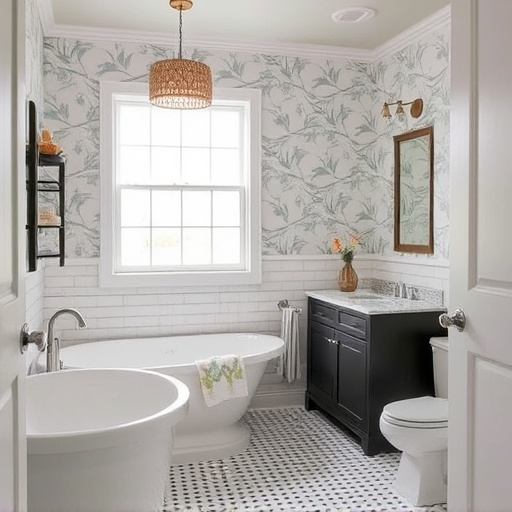
In modern office designs, effective zoning strategies are essential for creating functional and productive spaces. The key lies in understanding the diverse needs of employees and designing zones that cater to specific tasks and activities. For instance, dedicated quiet zones with minimal distractions can enhance focus and concentration, while collaborative areas encourage teamwork and creativity. Incorporating private offices or cabins for individual work provides a sense of ownership and reduces noise pollution. Additionally, break areas and lounges create opportunities for informal interactions, promoting team bonding and relaxation.
By implementing these zoning strategies, office interiors can offer a balanced environment that supports various workflows. This includes flexible layouts that accommodate changing business needs and cater to different generations of workers with diverse preferences. Regular maintenance and updates, such as exterior painting or bathroom remodel, also contribute to maintaining a stimulating atmosphere. Home improvement services can further enhance the overall aesthetics and functionality of the space, ensuring it remains competitive and appealing in the modern professional landscape.
Zoning is a powerful tool for optimizing office interiors, offering significant advantages in terms of productivity, collaboration, and employee satisfaction. By carefully dividing spaces into distinct zones, designers can create environments tailored to various workflows. This strategic approach enhances functionality, allowing for focused work, informal gatherings, and dedicated relaxation areas. Effective zoning not only improves overall workplace efficiency but also contributes to a more engaged and content workforce, making it an essential consideration in modern office design.








